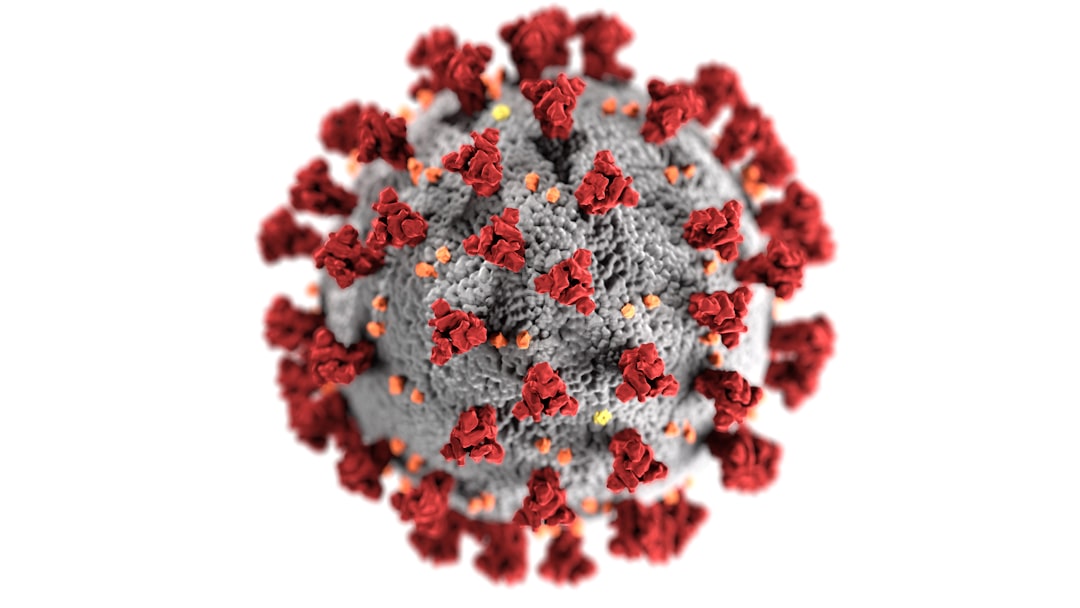What is it about?
This paper introduces a Bayesian calibration method called "on-site surrogates" for large-scale computer experiments. Through leveraging divide-and-conquer on filed experimental input sites, this on-site approach focuses design and modeling on calibration parameter only. This approach scales up the canonical Bayesian calibration framework into large-scale, high-dimension, and nonstationary settings, maintaining high-fidelity and flexibility at the same time.
Featured Image

Photo by Jelleke Vanooteghem on Unsplash
Why is it important?
This on-site approach to calibration scales up Bayesian calibration framework for large-scale computer simulation experiments (with big p and n), at the same time naturally addressing several challenges of high-dimensional, non-stationary, and complex response surfaces with high fidelity.
Perspectives
I hope this "on-site surrogates" approach provides an alternative paradigm to design and emulate computer simulation experiments for users and practitioners in large-scale applications. Both parameter learning and prediction methods are off-the-shelf in fully Bayesian fashion.
Jiangeng Huang
Virginia Polytechnic Institute and State University
Read the Original
This page is a summary of: On‐site surrogates for large‐scale calibration, Applied Stochastic Models in Business and Industry, March 2020, Wiley,
DOI: 10.1002/asmb.2523.
You can read the full text:
Contributors
The following have contributed to this page










